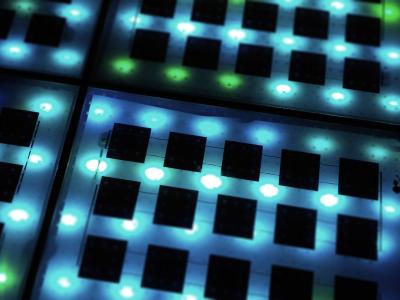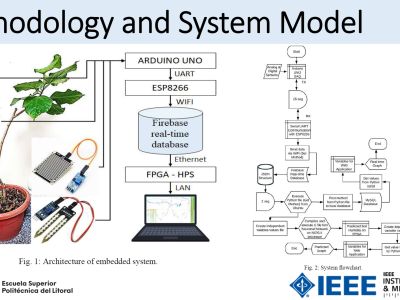More Efficient Energy Management for Hybrid AC/DC Microgrids with Hard Constrained Neural Network-Based Conversion Loss Surrogate Models

- Citation Author(s):
-
Xuan Liu
- Submitted by:
- Xuan Liu
- Last updated:
- DOI:
- 10.21227/n4x4-yg82
- Data Format:
 349 views
349 views
- Categories:
- Keywords:
Abstract
Conversion loss modeling plays a crucial role in hybrid AC/DC microgrid (MG) energy management (EM). However, accurate calculation of the conversion losses is often very costly. Additionally, existing surrogate models typically rely on fixed-voltage DC buses, leading to excessive voltage magnitudes. To overcome these limitations, we propose surrogate models based on piecewise linear neural networks (NNs) that estimate conversion losses using converter power and variable-voltage DC buses. These NNs employs the Rectified Linear Unit (ReLU) activation function, allowing reformulation into linear constraints. During NN training, additional hard constraints are enforced via the augmented Lagrangian method to enhance feasibility. To limit the computational cost of the reformulated NN constraints, weights sparsity and ReLU stability regularizations are applied to the NN training process. The efficient energy management is implemented as a two-stage stochastic unit commitment (UC) problem with integer recourse. To solve this UC problem, we propose a finite iteration convergent Benders decomposition algorithm with several acceleration techniques, which reduce the computational burden significantly. Our case study demonstrates that: 1) the proposed surrogate model accurately approximates conversion losses while satisfying hard constraints, 2) optimizing the DC bus voltage leads to more efficient system operation, energy savings, and better overall performance, and 3) combining the NN weight optimization with Benders decomposition acceleration techniques significantly reduces the computational associated with the NN surrogates.
Instructions:
The parameters of the 4 NN-based conversion surrogate models are stored in nn_params_**.mat. The random vectors of the uncertain set and microgrid configurations are stored in networked_hybrid_mg.m. The case study results of case 1-7 except for 3 (since it didn't converge) are stored in uc_results_case*.mat. The hardware in loop simulation results for cases 1,2, and 7 are stored in HIL_case*.mat. A video of the HIL verification process monitored via oscilloscope is stored in oscilloscope_video.zip.
Dataset Files
- Hardware-in-loop results for case 1 (Size: 6.41 KB)
- Hardware-in-loop results for case 2 (Size: 6.41 KB)
- Hardware-in-loop results for case 7 (Size: 6.41 KB)
- NN parameters for charging conversion loss surrogate model (Size: 3.55 KB)
- NN parameters for discharging conversion loss surrogate model (Size: 3.55 KB)
- NN parameters for inversion conversion loss surrogate model (Size: 17.92 KB)
- NN parameters for rectification conversion loss surrogate model (Size: 17.92 KB)
- Unit commitment optimization results for case 1 (Size: 305.6 KB)
- Unit commitment optimization results for case 2 (Size: 305.6 KB)
- Unit commitment optimization results for case 4 (Size: 305.6 KB)
- Unit commitment optimization results for case 5 (Size: 305.6 KB)
- Unit commitment optimization results for case 6 (Size: 305.6 KB)
- Unit commitment optimization results for case 7 (Size: 305.6 KB)
- oscilloscope_video (Size: 71.61 MB)










Dear Xuan Liu,
I hope this message finds you well.
I am writing to kindly request access to this dataset for academic purposes.
Thank you very much